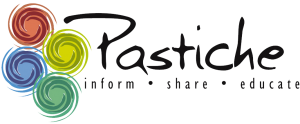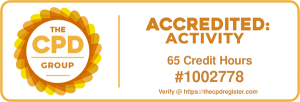advanced skin analysis course v4.0
for estheticians
& beauty professionals

USD $965.00
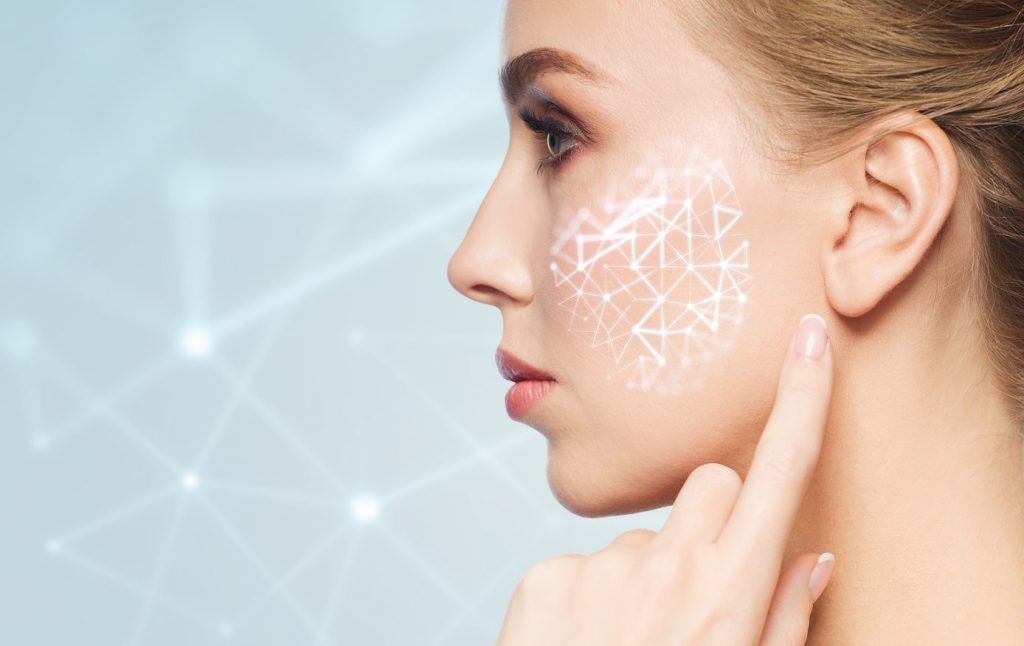
The Pastiche Advanced Skin Care Analysis Course is the most comprehensive and progressive programme available for those interested in advanced skin care. This online course is designed to provide you with the knowledge and skills necessary to become a professional Skin Diagnostician, with a focus on understanding the causes of various skin conditions and providing effective, realistic treatment solutions.
ADVANCED SKIN COURSE KEY FEATURES & BENEFITS:
- 56 units of learning (lessons) across seven modules
- 21 Hours of video presentations
- 980 pages of notes/transcripts in PDF format
- 52 multiple-choice answer assessments featuring Quiz Assist®
- Includes 4 e-books and full references for supplementary study
- CPD accreditation for 65 contact hours as a Pastiche Skin Diagnostic Technician
- Can be completed in 10 days (full-time), 3 months (part-time) if time permits; or take up to 18 months
- Excellent educational value: around $20 per hour of advanced knowledge-all in your own time, whenever and wherever you are.
The ASA program now features Quiz Assist®, a feedback tool that provides instant feedback when you answer an assessment question incorrectly. Its key benefit is that it shows you where to look for the information in your course notes to help you answer the question correctly.
WHY LEARN DIAGNOSTIC SKIN ANALYSIS WITH OUR ADVANCED SKIN ANALYSIS PROGRAM?
By enrolling in this program, you will gain a thorough understanding of the importance of identifying various skin conditions and their underlying causes. You will also learn about contemporary skin conditions that require more intelligent interventions than traditional approaches can provide. Armed with this knowledge, you will be able to prescribe effective and realistic treatment solutions and programs for your clients.
Invest in your career and take the next logical step by becoming a certified Pastiche Skin Diagnostician. With our advanced skin care courses, you can learn at your own pace, whenever and wherever you are, for excellent educational value at around $20 per hour of advanced knowledge.
USD $965.00
Advanced Skin Care Analysis Course Curriculum
Module 1
Advanced Skin Anatomy & Physiology
This module is an exploration of the anatomical, physiological & morphological aspects of the skin.
The purpose of this in-depth component of the course is to provide an understanding of how the skin works and the various mechanisms that contribute to skin health and normal function. Only by understanding this can we recognize what has gone wrong when presented with anomalous skin conditions.
This first module comprises of 9 units of learning (lessons) covering the following:
1.1 Internal cell structure
1.2 Stem cells and skin development
1.3 What is keratin and why is it important?
1.4 Cells and systems of the epidermis and dermis
1.5 Cell to cell communication
1.6 Lifecycle of the keratinocyte
1.7 The Formation of the Acid mantle ecosystem
1.8 Skin Microbiome formation
1.9 Biological cellular damage
Typical Completion time: 10 hours

Module 2
Principles of a detailed skin analysis
This module is the introduction to the Pastiche Method, and covers the rationale of how the procedure works and the type of information gathered in a consultation to be able to focus your attention on the contributing factors to prevailing conditions.
The seven units of learning are:
2.1 The Pastiche method
2.2 Introducing this new service
2.3 Setting up the diagnostic area and diagnostic equipment
2.4 Diagnostic characteristics and how to view the skin
2.5 Power of consultation-demographics
2.6 Power of consultation-sun exposure and genetics
2.7 Power of consultation-nutrition and cellular well-being
Typical Completion time: 6.5 hours
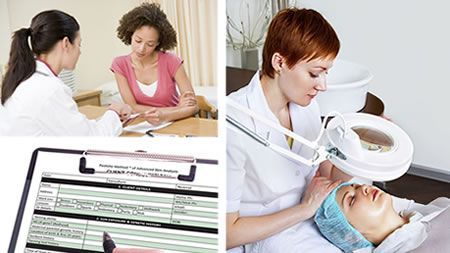
Module 3
Gathering important & relevant information
This module is an exploration of the anatomical, physiological & morphological aspects of the skin.
The purpose of this in-depth component of the course is to provide an understanding of how the skin works and the various mechanisms that contribute to skin health and normal function. Only by understanding this can we recognize what has gone wrong when presented with anomalous skin conditions.
This first module comprises of 9 units of learning (lessons) covering the following:
3.1 Power of Consultation – medical history
3.2 Power of Consultation – medical &general health
3.3 Power of Consultation – cosmetic & clinical history
3.4 Discovering the difference between skin type, skin condition, skin disorder & disease
3.5 Skin colour & risk for pigmentation
3.6 Contraindications & protocols
3.7 Diagnose skin type & skin risk from the consultation
Typical Completion time: 6.5 hours
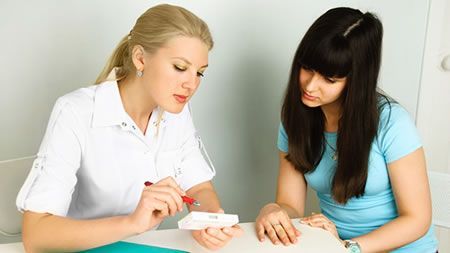
Module 4
Skin conditions related to Texture
This module provides a focus on skin conditions that are related to the texture and the structure of the skin, including Keratolytic skin conditions and the structural integrity of the skin.
This 11 unit module consists of:
4.1 Introducing diagnostic summary worksheet
4.2 The skin- Layer by layer
4.3 How to diagnose keratolytic conditions such as incomplete corneocyte compaction
4.4 Non-inflammatory Acne grades one and two and inflammatory acne grade three.
4.5 The wound healing process
4.6 Understanding Scar Tissue Categories
4.7 Loss of structural integrity; Fibroblast function
4.8 The development and structure of the collagen fibril.
4.9 The loss of adhesion and resiliency of the ageing skin and the structure and development of the elastin fibril
4.10 The ageing skin: The dermal structure
4.11 The final assessment of Skin conditions of Texture: A practical assignment
Typical Completion time: 11.5 hours
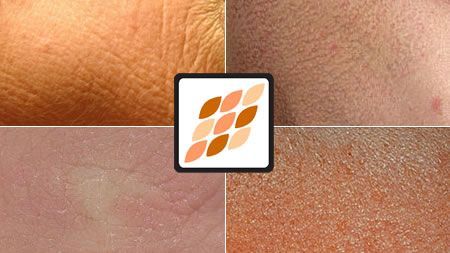
Module 5
Skin conditions related to COLOUR
This module is an exploration of the anatomical, physiological & morphological aspects of the skin.
The purpose of this in-depth component of the course is to provide an understanding of how the skin works and the various mechanisms that contribute to skin health and normal function. Only by understanding this can we recognize what has gone wrong when presented with anomalous skin conditions.
This first module comprises of 9 units of learning (lessons) covering the following:
5.1 Vascular and Immune systems
5.2 The visual analysis of common vascular skin conditions
5.3 Rosacea: New cellular triggers and analysis categories
5.4 Rosacea Analysis: Guideline for the diagnosis
5.5 The Melanocyte Life Cycle and Melanogenesis
5.6 Cause and Effect, of pigmentation
5.7 Cellular damage to the melanocyte
5.8 Visual analysis of pigmentation
5.9 Pigmentation; assessment
Typical Completion time: 13 hours
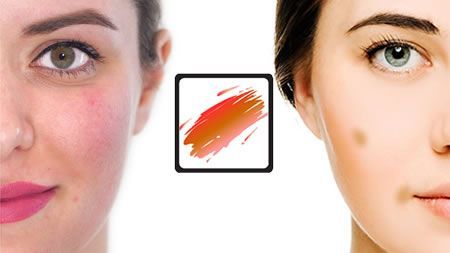
Module 6
Skin conditions related to secretions and the skin barrier
This module follows the same structure as the two previous modules, but with attention on skin conditions related to secretions and the skin barrier systems. There are 9 units consisting of:
6.1 Secretions of the skin
6.2 The lymphatic system
6.3 Skin Enzyme Activity
6.4 EFAD and Lipid peroxidation
6.5 The Antimicrobial Barrier and Impaired barrier defense systems
6.6 The endocrine system
6.7 Hormonal medicated acne
6.8 Visual analysis secretions
6.9 The practical assignment and assessment of those skin conditions linked to the diagnostic characteristic of texture, colour and secretions
Typical Completion time: 11.5 hours

Module 7
Summary and treatment planning
This final module is where we pull all of the advanced skin analysis information together to summarize findings and prescribe a treatment program. We also show how diagnostic equipment is a valuable data gathering and communication tool for selling your treatment programs.
The three units consist of:
7.1 Diagnostic summary completion
7.2 Prescribing and selling the treatment program
7.3 Final visual analysis of skin conditions & final exam
Typical Completion time: 5.5 hours

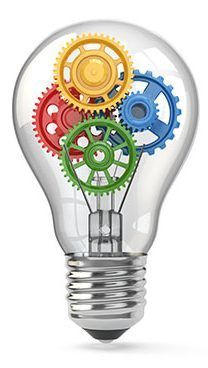
Certification:
On the successful completion of the course, you are presented with your certification as a Pastiche Skin Diagnostic Technician.
Help & support:
Throughout the course you are able to seek help and ask questions from the course facilitators and creator. We strive for your best online learning experience and will work with you so you meet your learning objectives.
ADVANCED SKIN CARE ANALYSIS PROGRAM V4.0
Now available on a
Subscription Plan!
Payments
1 X initial deposit payment $250
3 X payments of $240 over 6 months (Payment every 2 months after deposit)
Total Paid USD $970
IMPORTANT DETAILS
Be sure to enter your name the way you want it to appear in your profile and use the email address you want to use for your enrolment.
IMPORTANT! Please check the option for 1 click checkout for your ongoing installments. If you don’t do this your subscription will expire after 30 days.
TERMS & CONDITIONS
By enrolling in the installment plan option you agree to the payment schedule as indicated at the top of the page and understand that if payments are declined and manual alternatives are rejected, or you choose to cancel the arrangement; then access to the subscribed content will be suspended and no refunds for the payments already made will be given.
